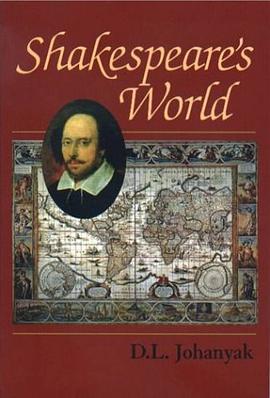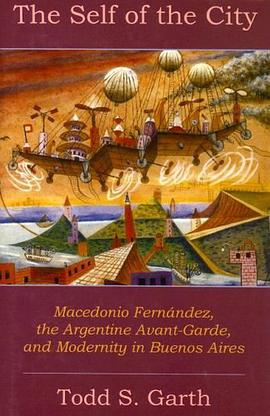

具體描述
The persona of the American male in the period between the two world wars was characterized by physical strength, emotional detachment, aggressive behavior, and an amoral worldview. This ideal of a hard-boiled masculinity can be seen in the pages and, even more vividly, on the covers of magazines such as "Black Mask," which shifted from Victorian-influenced depictions of men in top hats and mustaches in the early 1920s to the portrayal of much more overtly violent and muscular men. Looking closely at this transformation, Christopher Breu offers a complex account of how and why hard-boiled masculinity emerged during an unsettled time of increased urbanization and tenuous peace and traces the changes in its cultural conception as it moved back and forth across the divide between high and low culture as well as the color line that bifurcated American society. Examining the work of Ernest Hemingway, Dashiell Hammett, Chester Himes, and William Faulkner, as well as many lesser-known writers for the hypermasculine pulp magazines of the 1920s and 1930s, Breu illustrates how the tough male was a product of cultural fantasy, one that shored up gender and racial stereotypes as a way of lashing out at the destabilizing effects of capitalism and social transformation. Christopher Breu is assistant professor of English at Illinois State University.
著者簡介
圖書目錄
讀後感
評分
評分
評分
評分
用戶評價
相關圖書
本站所有內容均為互聯網搜索引擎提供的公開搜索信息,本站不存儲任何數據與內容,任何內容與數據均與本站無關,如有需要請聯繫相關搜索引擎包括但不限於百度,google,bing,sogou 等
© 2025 book.quotespace.org All Rights Reserved. 小美書屋 版权所有




















